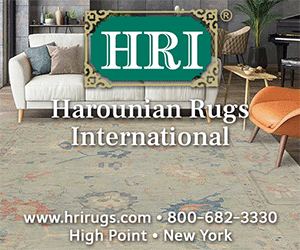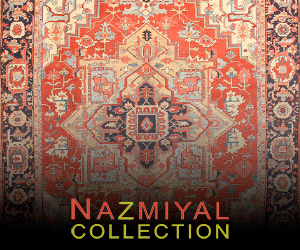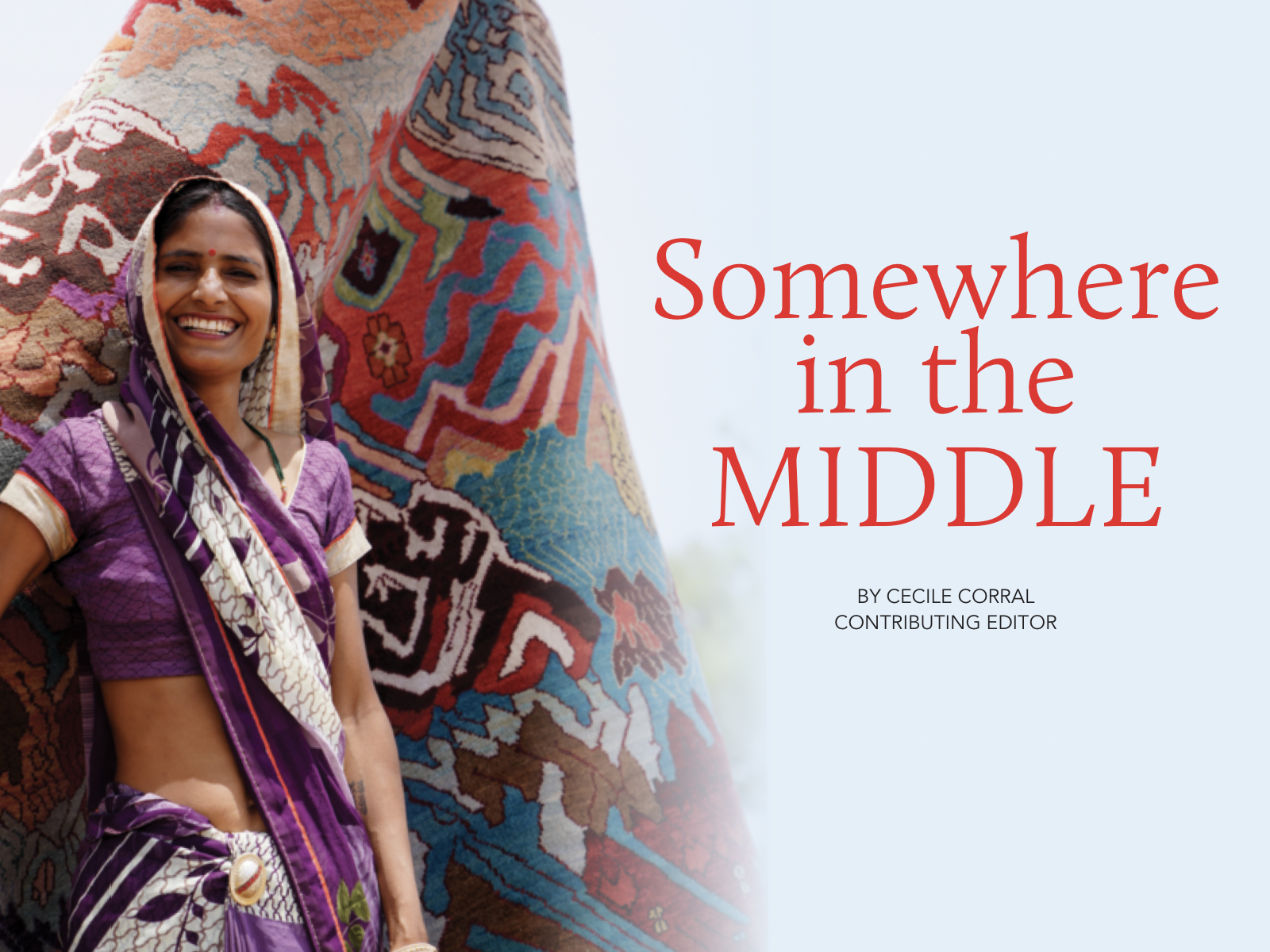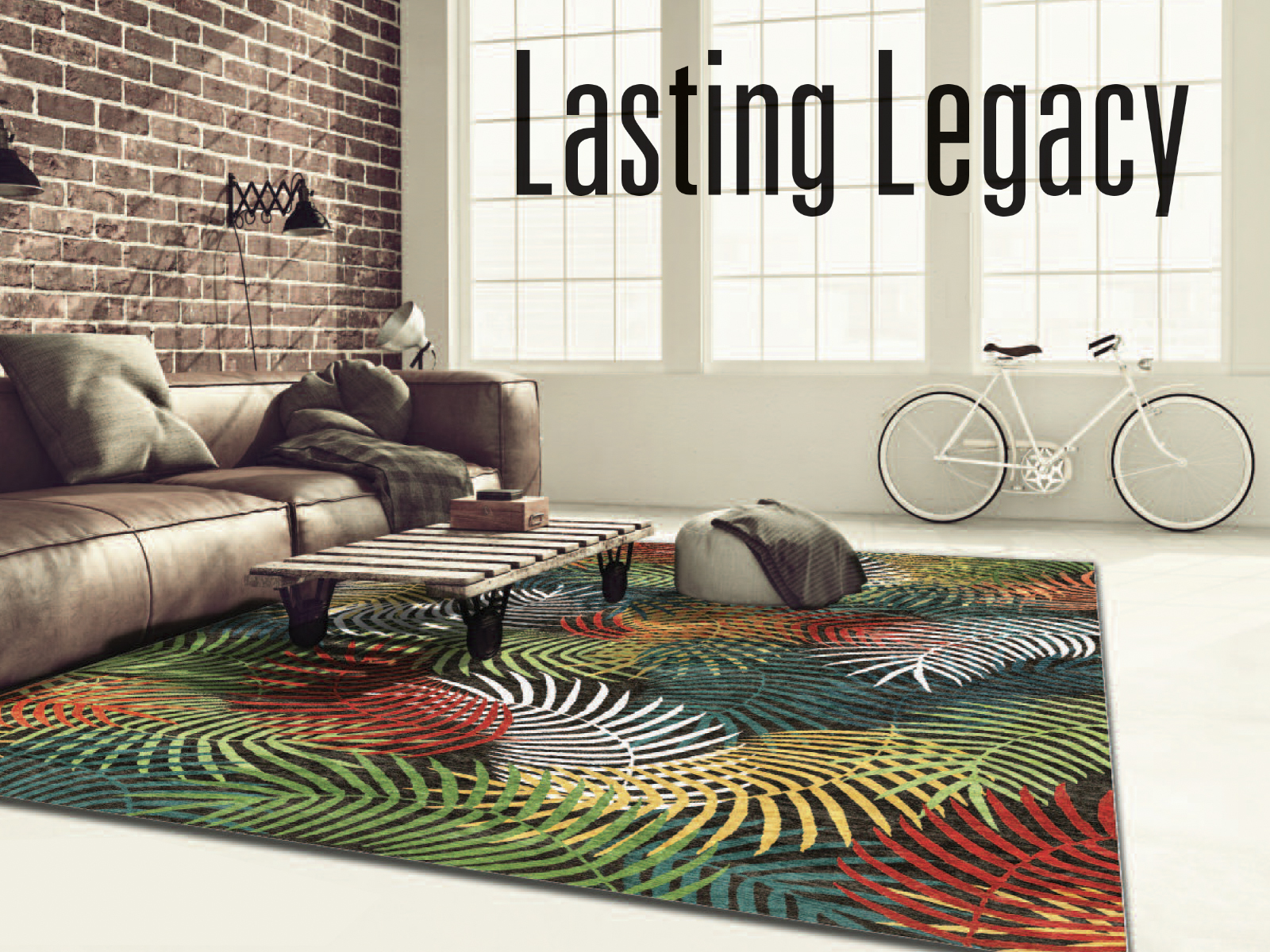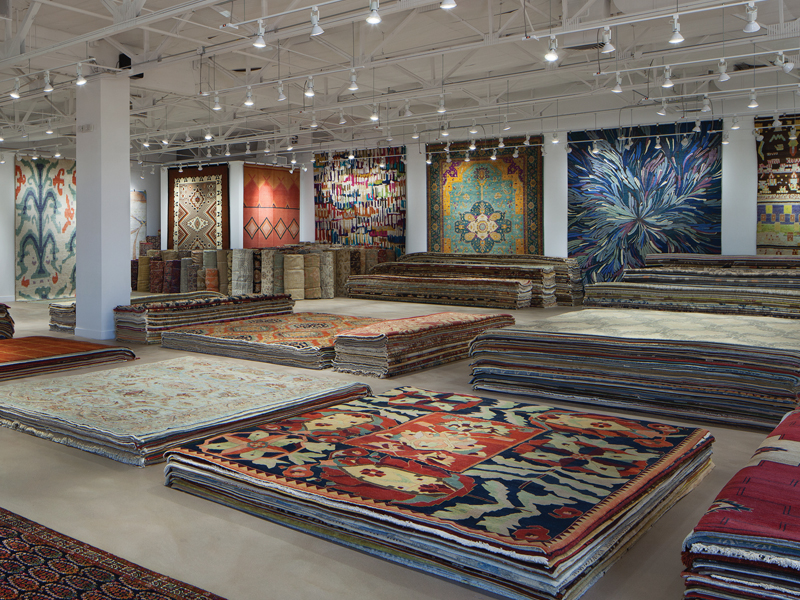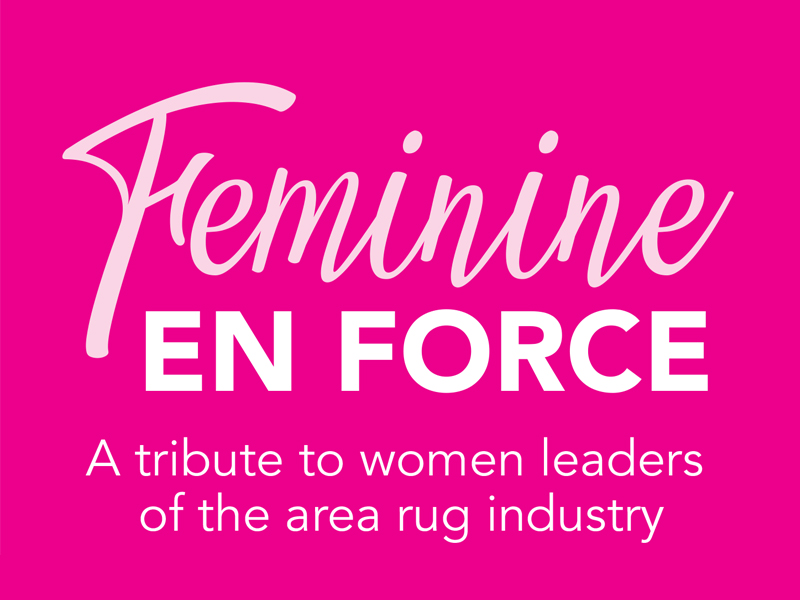Designer Mindset
Rug companies continue to focus on programs that make it easier for interior designers to find and purchase custom rugs.
Interior designers have always been a critical part of the rug industry. But in recent years, as more people look to furnish their homes and make them a desirable place to live, work and raise children, interior designers have become more important than ever. And because the interior designer channel is booming—with over 119,778 interior designer businesses in the U.S. today—rug manufacturers have been introducing and revamping their designer rug programs to make them easier and more efficient for interior designers.


